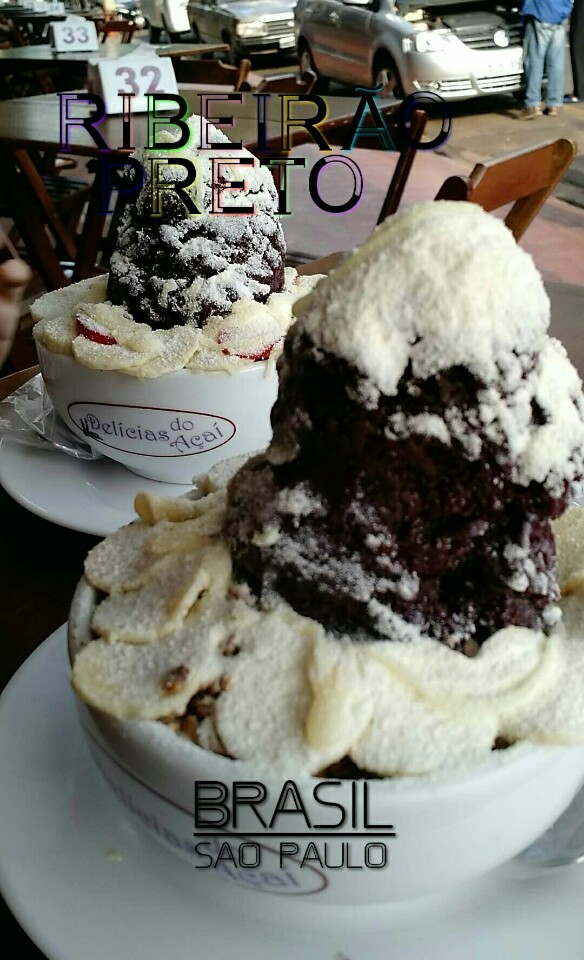# Recipe for Bread of the Dead: A Deliciously Sweet Tradition for Dia de los Muertos
## Introduction to the Recipe for Bread of the DeadThe **recipe for bread of the dead** is not just a culinary delight; it is a rich cultural tradition that……
## Introduction to the Recipe for Bread of the Dead
The **recipe for bread of the dead** is not just a culinary delight; it is a rich cultural tradition that honors the deceased during the Día de los Muertos (Day of the Dead) celebrations in Mexico. This sweet, aromatic bread, known as "Pan de Muerto," is typically shaped like a skull or a round loaf with decorative bone-like pieces, symbolizing the cycle of life and death. In this article, we will explore the history, ingredients, and step-by-step process to create this mouthwatering treat.
## Historical Significance of Bread of the Dead
The **recipe for bread of the dead** has deep roots in Mexican culture, intertwining indigenous traditions with Spanish influences. It is believed that the bread was created to honor the spirits of loved ones who have passed away, providing them with nourishment during their visit to the living world on November 1st and 2nd. The bread is often placed on altars, known as "ofrendas," alongside photographs, candles, and other offerings to welcome the spirits home.
## Key Ingredients for the Recipe for Bread of the Dead
To make the perfect **recipe for bread of the dead**, you will need the following ingredients:
- 4 cups all-purpose flour
- 1 cup sugar
- 2 teaspoons active dry yeast
- 1 teaspoon salt
- 1/2 cup unsalted butter, softened
- 3 large eggs
- 1/2 cup warm milk
- 1 teaspoon orange zest
- 1/2 teaspoon anise seeds (optional)
- 1 egg (for egg wash)
- Extra sugar for sprinkling
These ingredients come together to create a soft, fluffy bread with a delightful sweetness, complemented by the warm flavors of orange and anise.
## Step-by-Step Instructions for the Recipe for Bread of the Dead

1. **Activate the Yeast**: In a small bowl, combine warm milk and yeast. Let it sit for about 5-10 minutes until frothy.
2. **Mix Dry Ingredients**: In a large mixing bowl, whisk together flour, sugar, salt, and anise seeds (if using).
3. **Combine Ingredients**: Make a well in the center of the dry mixture and add the activated yeast, softened butter, eggs, and orange zest. Mix until a dough forms.
4. **Knead the Dough**: Transfer the dough to a floured surface and knead for about 10 minutes, until it becomes smooth and elastic.
5. **First Rise**: Place the dough in a greased bowl, cover it with a damp cloth, and let it rise in a warm place for about 1-2 hours, or until it has doubled in size.
6. **Shape the Bread**: After the first rise, punch down the dough and divide it into two portions. Shape one portion into a round loaf and use the other portion to create decorative bones on top.
7. **Second Rise**: Place the shaped bread on a baking sheet lined with parchment paper, cover it, and let it rise again for about 30-45 minutes.
8. **Preheat the Oven**: While the bread is rising, preheat your oven to 350°F (175°C).

9. **Egg Wash**: Brush the risen bread with an egg wash made from the beaten egg to give it a beautiful golden color.
10. **Bake**: Bake the bread for 25-30 minutes, or until it is golden brown and sounds hollow when tapped.
11. **Cool and Serve**: Allow the bread to cool slightly before sprinkling it with sugar. Serve it fresh or as part of your Día de los Muertos altar.
## Conclusion: Enjoying the Recipe for Bread of the Dead
The **recipe for bread of the dead** is a delightful way to celebrate and remember loved ones who have passed. This sweet bread not only tastes amazing but also serves as a beautiful symbol of love and remembrance. Whether you are preparing it for a family gathering or a special altar, this recipe will surely bring joy and comfort to your celebrations. Enjoy this traditional treat with your family and friends, and share the rich cultural heritage that comes with it!